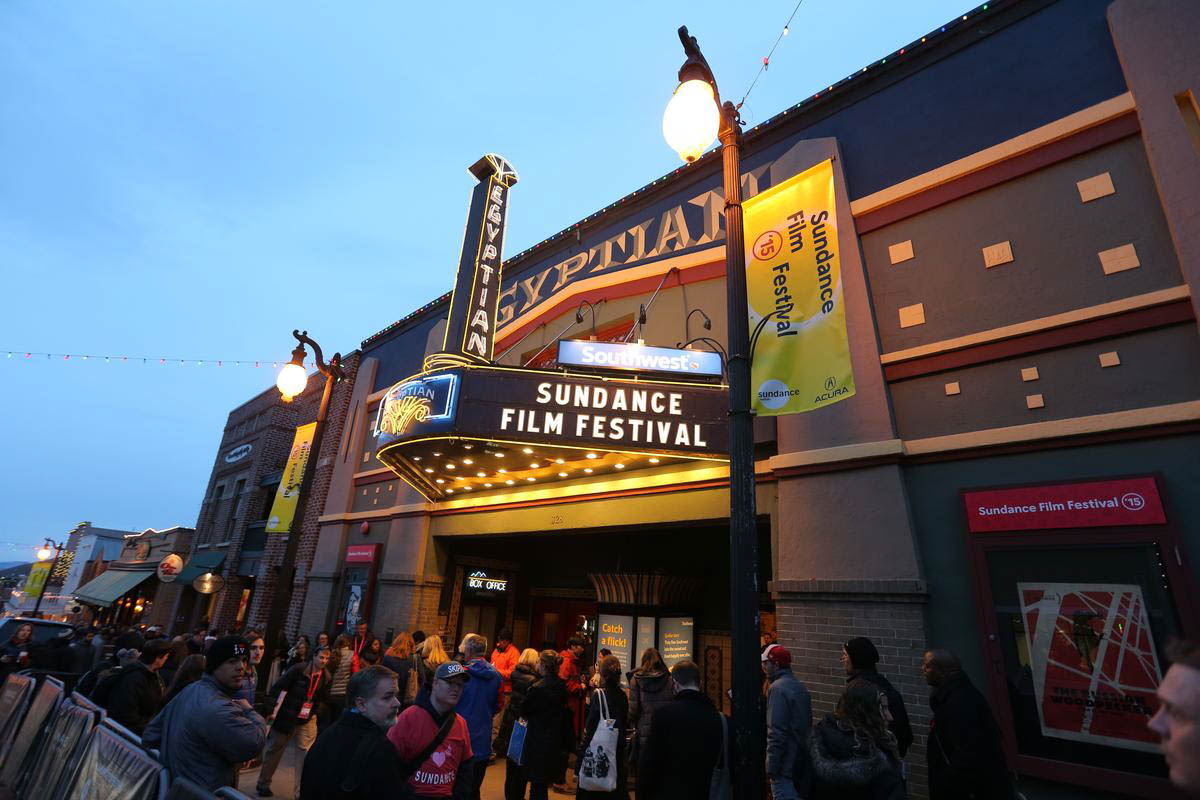
16 Mar The Vanguard of Bold, Visionary Storytelling: 2021 Sundance Film Festival Wrap-Up
BY KRISTAL SOTOMAYOR
The 2021 Sundance Film Festival took place virtually over seven days from January 28 to February 3 with a full lineup of 141 films and projects available via the Sundance custom-designed online platform. This was the first year with the new Festival Director Tabitha Jackson, who replaced John Cooper last year. Before working at Sundance, Jackson worked at Channel 4 Television in London and has more than 25 years of experience working in the arts and on non-fiction films. Of the 2021 festival lineup, Jackson states in a Sundance Institute press release that “We are delighted to welcome these powerful works into our program. In a year where our Festival already exemplifies the vanguard of bold, visionary storytelling from around the world, they help further expand our boundaries.”
According to Sundance Film Institute, across the 141 films and projects in the full lineup, “49%, or 69, were directed by one or more women; 4% or 6, were directed by one or more non-binary individuals; 50%, or 71, were directed by one or more artists of color; 15%, or 21, by one or more people who identify as LGBTQ+.” The number of women directors in the 2021 lineup increased by 5% while the number of filmmakers of color decreased by 16% from the previous year. Of the 141 films and projects in the 2021 full lineup, there were 73 feature-length films. The 2021 Sundance Film Festival received 1,377 feature film submissions from the U.S. and 2,132 feature film submissions from across the globe, meaning only 2% of feature films submitted were accepted into the festival.
The 2020 Sundance Film Festival lineup included 118 feature films which, compared to this year, is almost 1.6 times more. Not only did the amount of films accepted into the 2021 festival decrease from the previous year, but the amount of festival submissions did too. In 2020, Sundance received a record high of 15,100 submissions consisting of 3,853 feature-length films, which is almost 0.9 times more than the number of 2021 submissions.
This year’s Sundance Film Festival also held “Satellite Screens” in collaboration with independent theaters/arthouses, drive-ins and a network of local community partners from across the country. Each Screen produced virtual and in-person programming, public health permitting. The idea behind the Screens was to “meet audiences where they are” through a collaboration with 28 organizations from coast to coast including Puerto Rico.
Speaking of the hybrid virtual programming and Satellite Screens, Jackson expressed in a Sundance press release that “this Festival is a singular response to a singular year – both in design and curation – and we are excited about the new dimensions of possibility it will reveal. But at its core is something that speaks to our most enduring values. For thousands of years humans have gathered to tell stories and make meaning. In this pandemic year we gather to celebrate a constellation of artists with unique perspectives that express this current moment and who together are saying, ‘We exist. This is who we are. And this is what we see.’”
Notable Films of 2021
Of the 2021 lineup, a handful of films made national and international headlines. The most highly anticipated film at Sundance 2021 was CODA directed by Siân Heder, which derives its name from the acronym for “Child of Deaf Adults.” The film follows teenage Ruby (performed by Emilia Jones) who is the only hearing member of her family. Ruby struggles to uphold her responsibility to the family fishing business and her own interest in the school choir.
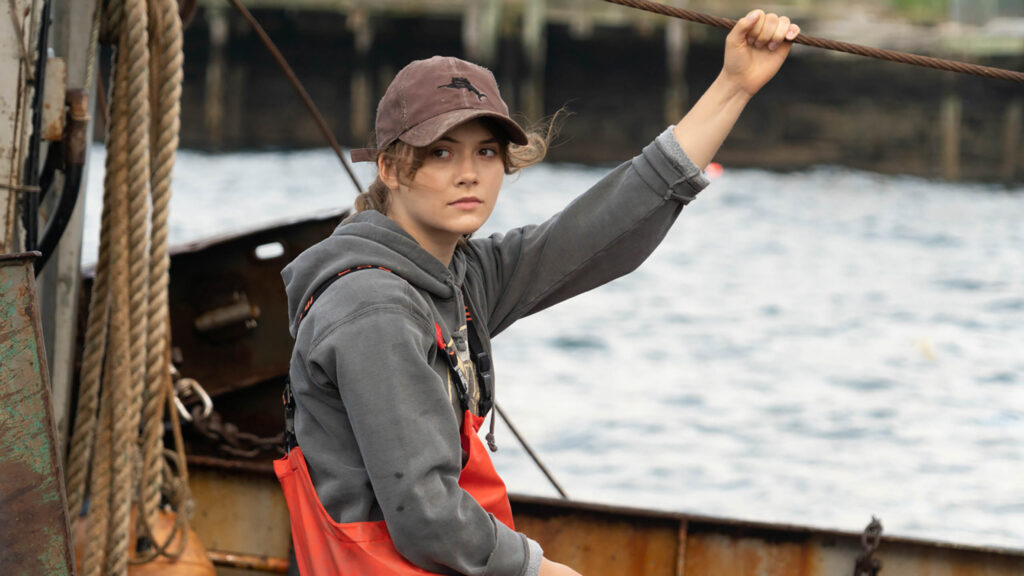
The acquisition of CODA by Apple broke Sundance’s record with a $25 million deal. Both Netflix and Amazon were forced to back out of the bidding war for CODA. In 2020, Palm Springs, directed by Max Barbakow and starring Andy Samberg, snagged a $22 million acquisition from Hulu, a record high at that time.
CODA was also awarded an astonishing four prizes at Sundance Film Festival, including the U.S. Grand Jury Prize: Dramatic, the Directing Award: U.S. Dramatic, the U.S. Dramatic Special Jury Award: Ensemble Cast, and the Audience Award: U.S. Dramatic, which is presented by Acura. It is the first film ever, in the history of the festival, to win all three of the top prizes in the U.S. Dramatic category.
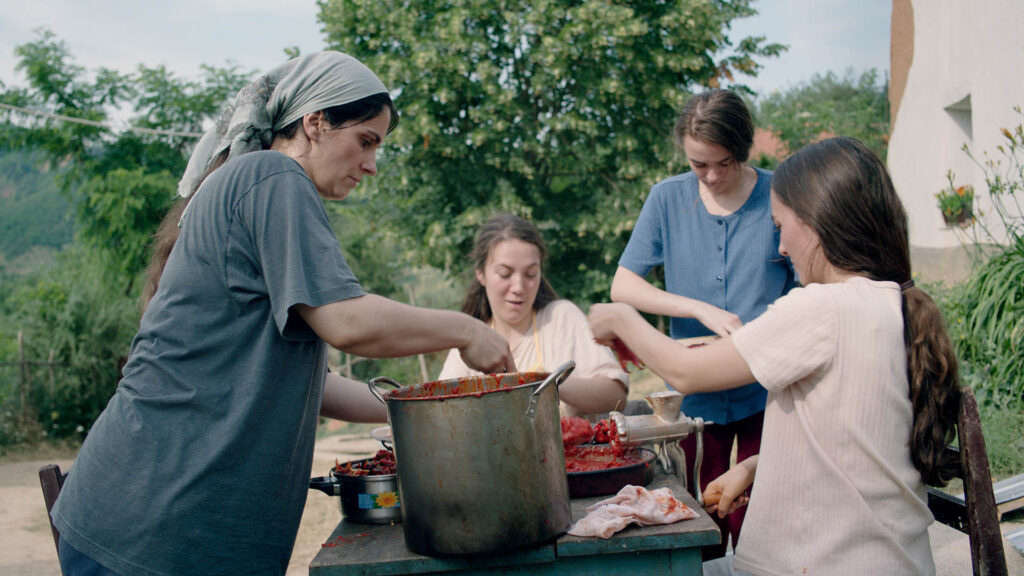
HIVE, directed by Blerta Basholli, follows a family in Kosovo that struggles to make a living while waiting for male family members to return from war. The film focuses on disrupting traditional and patriarchal roles in the small, tight-knit town. HIVE also made history this year winning three World Cinema prizes including the Audience Award: World Cinema Dramatic, the World Cinema Grand Jury Prize: Dramatic, and the Directing Award: World Cinema Dramatic. The film is currently seeking U.S. distribution.
Mexican American filmmaker Natalia Almada also broke records with her latest feature USERS. The film touches on the topics of motherhood and technology with the central question of the film being: Is technology the best mother? Almada films her own children, and a computer generated voiceover (using her pre-recorded audio) leads the viewers across the globe from TV screens to wifi cables below the ocean’s surface. USERS was awarded the 2021 Documentary Directing Award, which means that Almada is the first person to win this award at Sundance Film Festival twice. Her previous film El General received the award in 2009. USERS is a Field of Vision production and is currently seeking U.S. distribution.
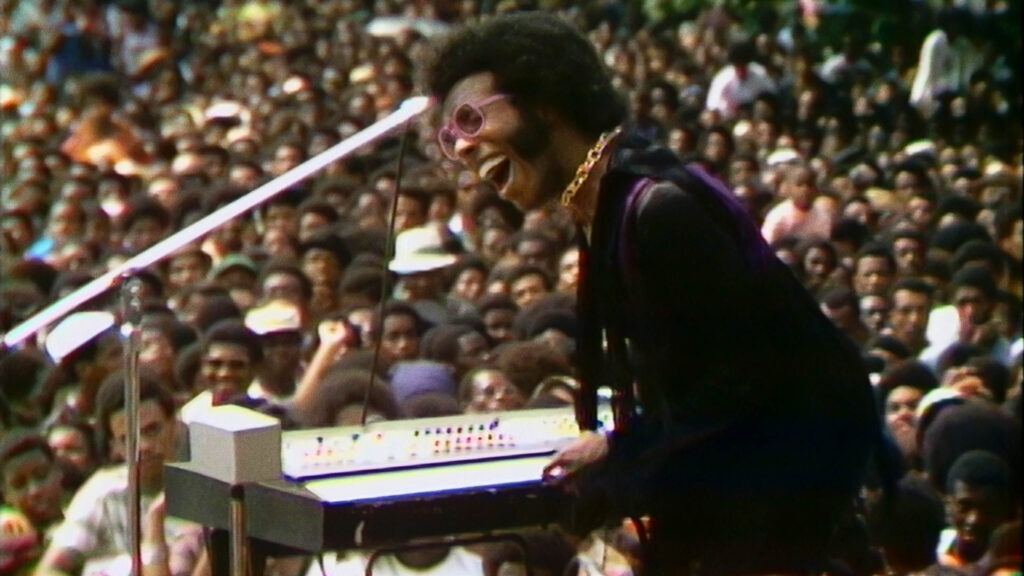
Summer Of Soul (…Or, When The Revolution Could Not Be Televised) directed by Philadelphia-native Ahmir ‘Questlove’ Thompson told the story of the 1969 Harlem Cultural Festival utilizing exclusive archival footage. Uncovering footage that was hidden in a basement for 50 years, the film is a celebration of African American culture and music through Black solidarity and pride. Summer Of Soul was awarded both the U.S. Grand Jury Prize: Documentary and Audience Award: U.S. Documentary. The film has been acquired by Searchlight Pictures and Hulu and will also be available via Disney+.
Writing With Fire, directed by Rintu Thomas and Sushmit Ghosh, follows the women reporters that run India’s only all-female news network called Khabar Lahariya. The community of women use their smartphones to investigate local issues like policing, caste and gender violence, and other injustices. Writing With Fire won two awards including the Audience Award: World Cinema Documentary and the World Cinema Documentary Special Jury Award: Impact for Change. Writing with Fire is currently seeking U.S. distribution.
American Masters, the TV series on PBS, also premiered a whole slate of portrait documentaries at the Sundance Film Festival about legends Amy Tan, Rita Moreno, and Alvin Ailey. Amy Tan: Unintended Memoir was directed by James Redford, the son of Robert Redford (founder of the Sundance Film Festival). The documentary premiered at the festival a few months after James Redford’s death in October 2020. Amy Tan: Unintended Memoir follows Amy Tan’s literary legacy through her work, life, and family. The film outlines her childhood, tackling representation and trauma, and her most famous work The Joy Luck Club.
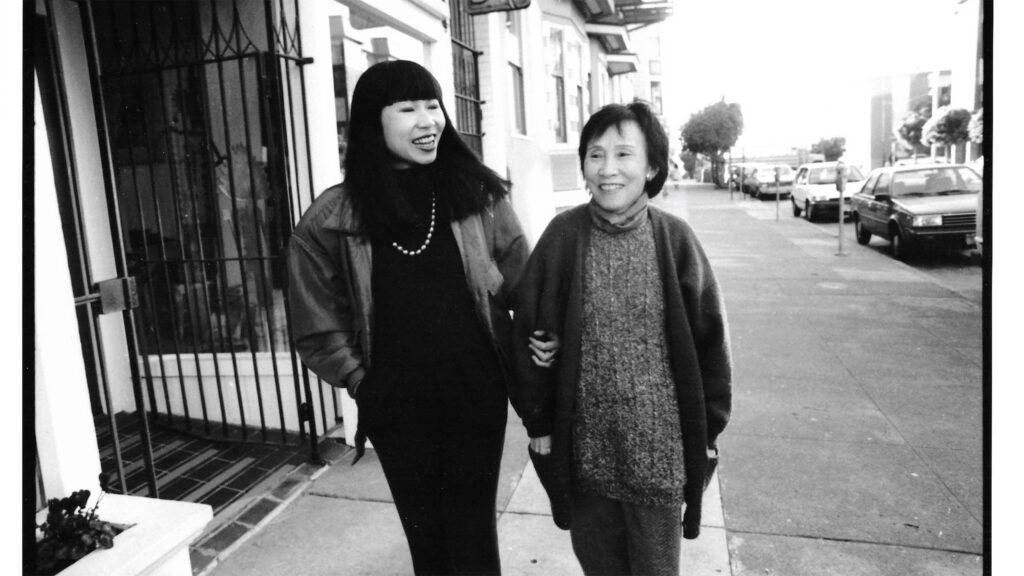
Rita Moreno: Just a Girl Who Decided to Go For It, directed by Puerto Rican filmmaker Mariem Pérez Riera, documents the EGOT winner’s legacy. The film features intimate and emotional interviews with Rita Moreno about her childhood, work, and legacy. The film touches on issues Rita faced, such as racial discrimination, gender bias and sexual assault in hollywood, all of which continue to be present in the industry.
The film Ailey directed by Jamila Wignot depicts acclaimed choreographer Alvin Ailey’s life and legacy. It weaves together archival footage, interviews with dancers and choreographers, and the dance company working on a lifetime tribute to Alvin Ailey’s legacy. NEON acquired Ailey to bring the story to theaters across the nation.
Through the American Masters documentaries, Sundance brought the timely stories and legacies of three icons to audiences globally. The inclusion of the series as part of the 2021 lineup marked the spirit of inclusion that was visible throughout the film program.
Takeaways from 2021
The 2021 Sundance Film Festival took place as a hybrid festival with online screenings through the virtual platform and in-person through the Satellite Screens program. Taking place over seven days, the 2021 festival was able to reach a total audience that was 2.7 times larger than the typical 11 day, in-person festival in Park City, Utah. The audience of the festival included viewers from across all 50 U.S. states and from 120 countries.
According to Sundance, through the online platform or TV apps, there were 251,331 views of the film programs, including features, shorts and indie series. Sundance estimated that there were over 500,000 views of the film programs given that there is an average of two individuals per household for each “view.” This year’s New Frontier exhibition included 14 VR, AR, and new media projects which received 39,869 visits.
This virtual edition of Sundance proved that accessibility and bringing a prestigious festival to the people is possible. The Sundance Film Festival online platform was able to provide closed captioning for every film program as well as image descriptions prior to panels. Audience members were also able to view the recorded post-screening Q&As via YouTube. The official Sundance program of free talks and events, which are often exclusive sources of networking at the festival, gained an estimated total audience of approximately 66,000.
In a Sundance Film Festival press release, Festival Director Tabitha Jackson explained that this year’s festival program was “a grand experiment and now we are in the process of analysing the results–a vital part of informing the expression of [the] Festival in 2022. There is a lot still to learn but we are delighted that a combination of online and in-person participation, innovative social spaces, hard work, and a lot of crossed-fingers came together to expand and connect audiences for the incredible slate of work we were lucky enough to program this year.”
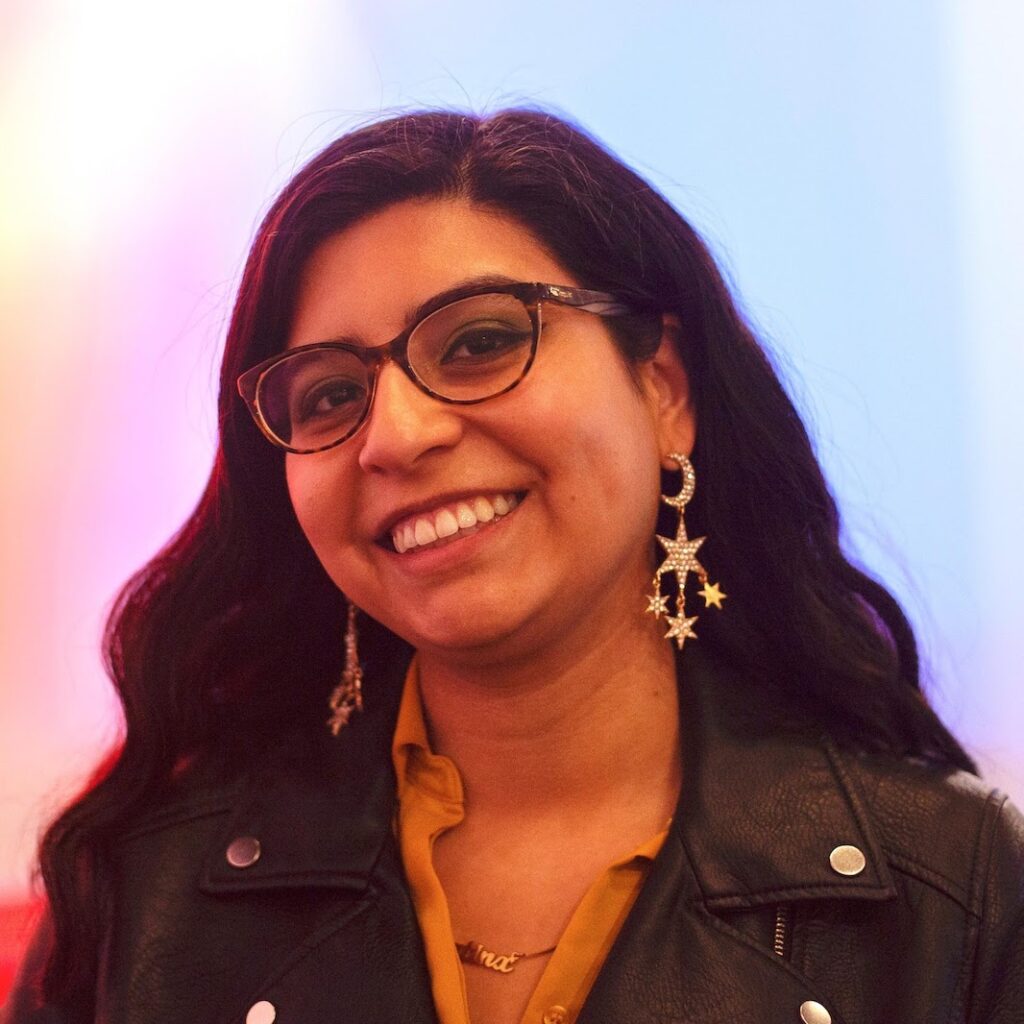
Kristal Sotomayor is a bilingual Latinx freelance journalist, documentary filmmaker, and festival programmer based in Philadelphia. They serve as Programming Director for the Philadelphia Latino Film Festival and Co-Founder/Journalist of ¡Presente! Media Collective. In the past, Kristal has written for ITVS, WHYY, AL DÍA, CineSPEAK and Autostraddle. They are a 2020 and 2021 Sundance Press Inclusion Initiative awardee.
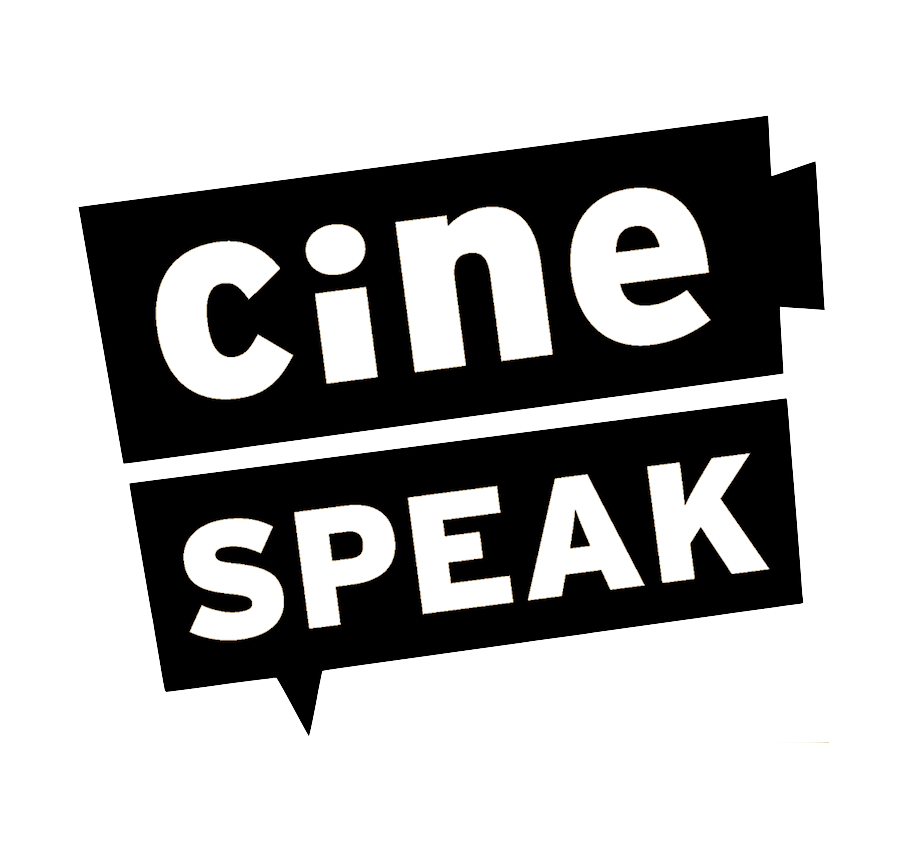
Sorry, the comment form is closed at this time.